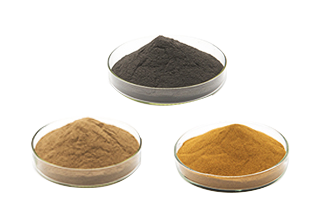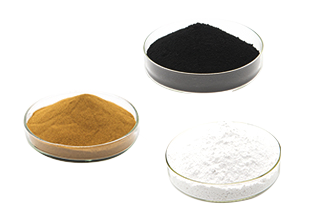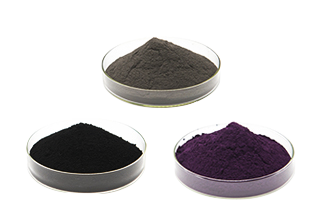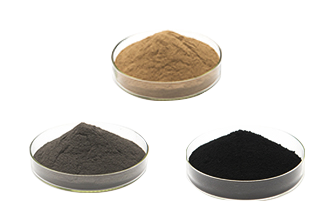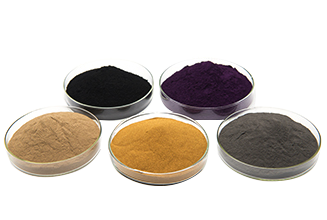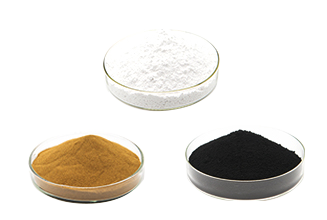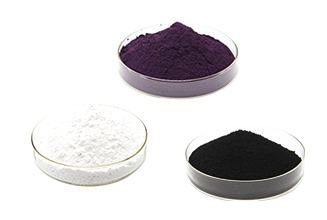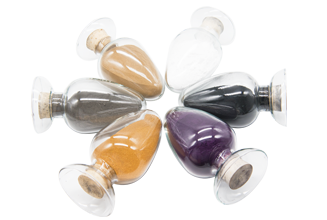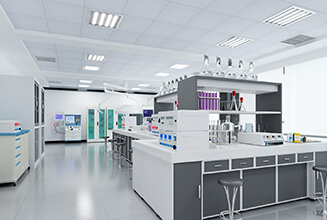news center
-
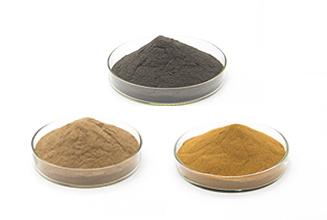 Preparation and Properties of HfC Ceramic PrecursorC/C composites have excellent performance in an inert atmosphere, but poor oxidation resistance. C/SiC composites have the characteristics of low density, oxidation resistance, and excellent
Preparation and Properties of HfC Ceramic PrecursorC/C composites have excellent performance in an inert atmosphere, but poor oxidation resistance. C/SiC composites have the characteristics of low density, oxidation resistance, and excellent
mechanical properties, but the maximum operating temperature does not exceed 2000°C .more202304-07 -
 Boron-containing Lithium ion battery electrolyte additiveBoron-containing Lithium ion battery electrolyte additivemore202302-17
Boron-containing Lithium ion battery electrolyte additiveBoron-containing Lithium ion battery electrolyte additivemore202302-17 -
 Carbide ultra-high temperature ceramicsCarbide ultra-high temperature ceramics mainly include zirconium carbide (ZrC), tantalum carbide (TaC) and hafnium carbide (HfC).more202302-10
Carbide ultra-high temperature ceramicsCarbide ultra-high temperature ceramics mainly include zirconium carbide (ZrC), tantalum carbide (TaC) and hafnium carbide (HfC).more202302-10 -
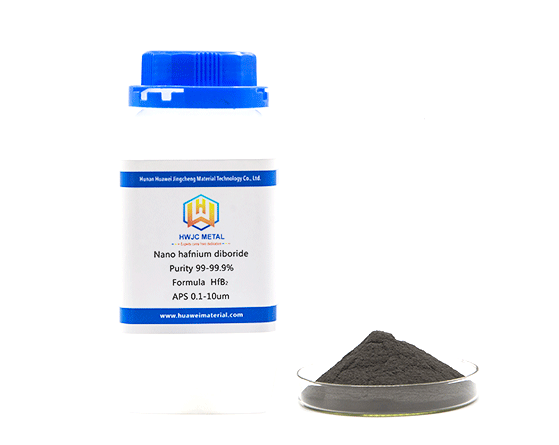 Ultrafine hafnium diboride (HfB2) powdersnano-HfB2--Hafnium diboridemore202212-08
Ultrafine hafnium diboride (HfB2) powdersnano-HfB2--Hafnium diboridemore202212-08 -
 physical properties of metal zirconiumphysical properties of metal zirconiummore202211-14
physical properties of metal zirconiumphysical properties of metal zirconiummore202211-14 -
 sintering aids of HfB2 and ZrB2 ceramicsThe refractory diborides (HfB2 and ZrB2) are considered as promising ultra-high temperature ceramic (UHTCs) where low damage tolerance limits their application for the thermal protection system in re-entry vehicles.more202211-09
sintering aids of HfB2 and ZrB2 ceramicsThe refractory diborides (HfB2 and ZrB2) are considered as promising ultra-high temperature ceramic (UHTCs) where low damage tolerance limits their application for the thermal protection system in re-entry vehicles.more202211-09

